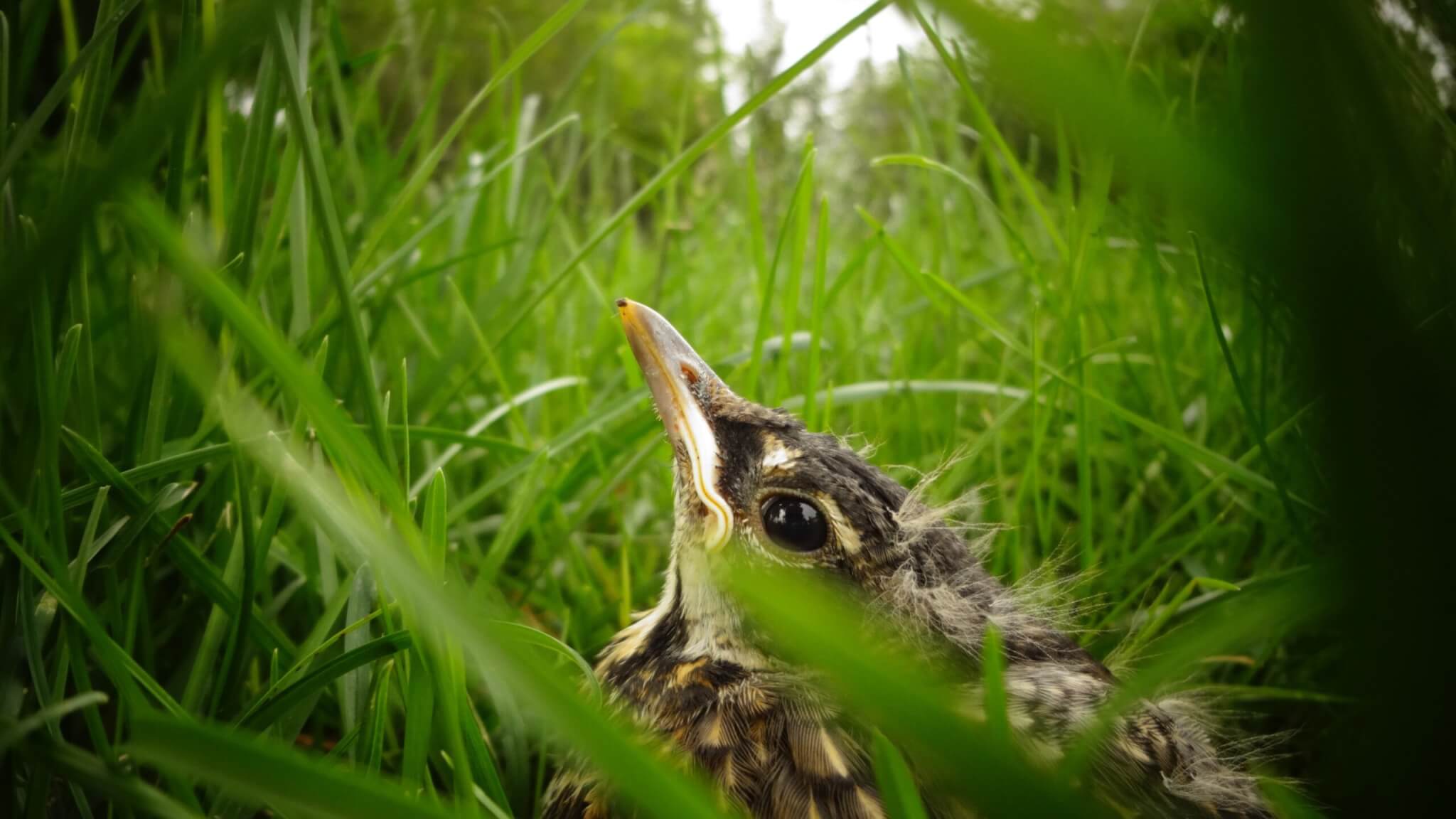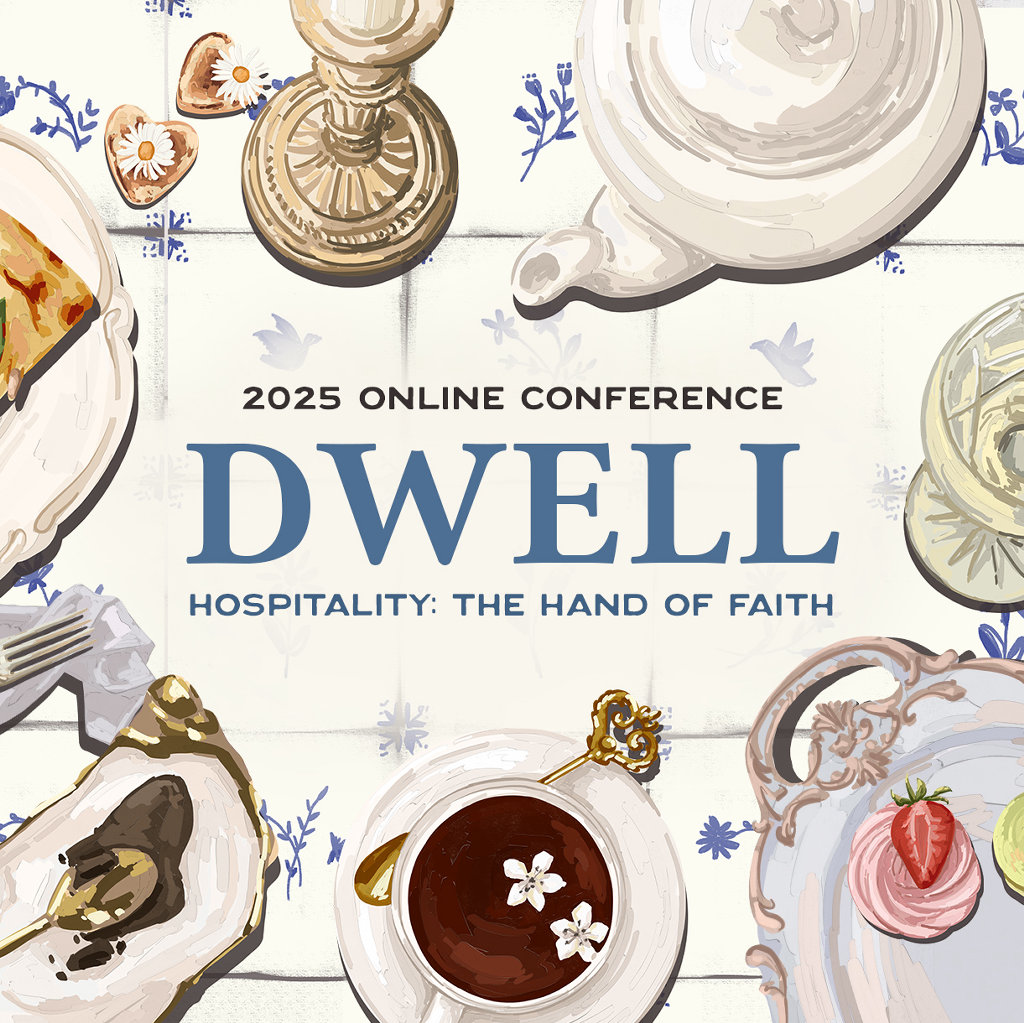8 Starters That Can Guide Conversation on Any Great Book
Or: Don't let your students be fledglings forever

My three-year-old daughter, Alethea, is plenty old enough to feed herself when we sit down to the table for dinner, but sometimes she doesn’t want to. She will leave her food untouched until it is stone-cold because she would rather someone to spoon the food from the plate into her mouth.
Students can be like this, too. It is easy (especially if you have the kind of teacher who is willing to indulge it) for students to want to lean back in their chairs with their mouths open, waiting for the teacher to come deposit the day’s lesson like a mother bird feeding her helpless fledglings. At a certain age, however, students need to learn to feed themselves.
I recently gave my students the following list as a guide to our class discussions, so that at any point I should be able to call on someone and tell them, “Say something about what we just read,” and they should be able to find something to say to get a conversation going. Obviously, this list isn’t exhaustive, but it contains some of the basic questions and statements that are helpful in getting into the literature that we read.
1. “I think it is interesting that…” (Pleasure)
2. “Why does he say…?” (Clarification)
3. “That is like…” (Analogy)
4. “An example of that would be…” (Proof)
5. “But what about…?” (Questioning)
6. “What does ______ mean?” (Comprehension)
7. “If that is true, then that must mean…” (Inference)
8. “….seems important to me.” (Significance)
Since using these starters in my classroom, and communicating my expectations that the students will begin to participate more actively in our learning, I have thus far had excellent results. Not only has the energy and interest in the literature been more lively, but the students have been engaging with the text in a way that causes even me to see and learn things that I hadn’t considered before (Dido tears down the walls to her heart and allows Cupid-disguised-as-Ascanius into her heart in much the same way that the Greeks caused the Trojans to tear down their own walls to take in the deceptive Trojan horse!).
It may seem paradoxical, but students who are willing to put forth more effort and thought in the classroom discussions will leave not feeling drained but actually energized.
Joshua Leland
Josh Leland is a humanities teacher at Covenant Classical School in Concord, NC. He earned his BA and MA in English from the University of North Carolina at Charlotte. He and his wife, Rebekah, also a teacher, and their five children, Ransom, Calvin, Alethea, Mary, and Olga live in Charlotte, NC. [Editor's note: He's also quite a good poet].









2 thoughts on “8 Starters That Can Guide Conversation on Any Great Book”
Good list! Giving a framework for response certainly helps students participate–and likely draws in students who would be content to remain on the sidelines.
I wonder about #1, though: why not “I enjoyed…” to introduce a Pleasure comment? “Interesting” doesn’t seem specific enough for pleasure, suggesting interest or attention. It might serve as a 9th category of response, when a student isn’t sure if they like some aspect of the work, but find it of interest.
I’ve used this list for years! I always ask my students to come prepared with at least 3 discussion starters ready to go. Recently, I’ve had them submit their questions/comments online prior to our discussion which helps me to know if there is anything I can help prepare for. Great tool!